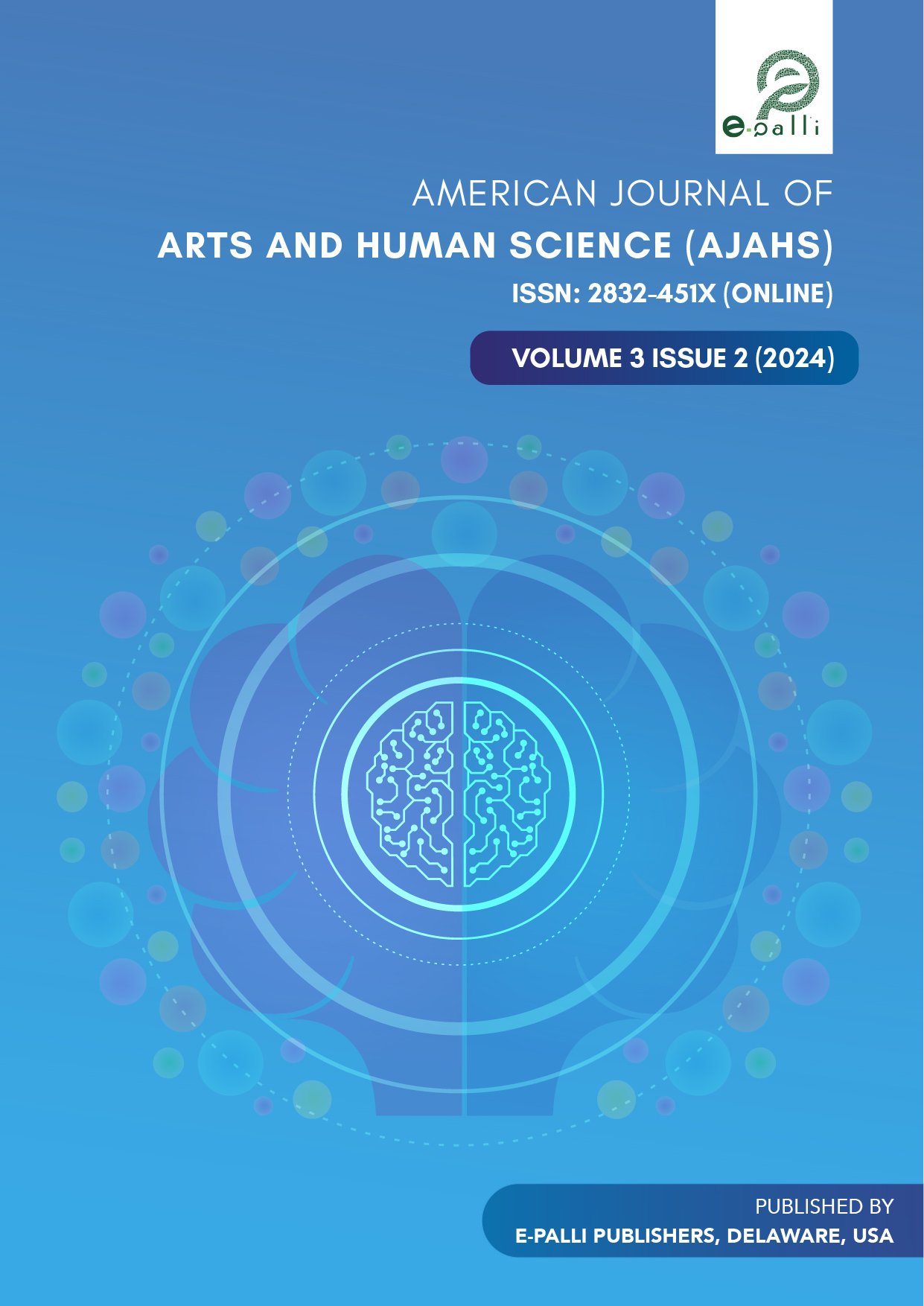Detective Strategy and Joys of Mystery in Murder on the Orient Express
DOI:
https://doi.org/10.54536/ajahs.v3i2.3952Keywords:
Clues, Detective Fiction, Murder, Mystery, Red HerringAbstract
This paper explores how the mystery of murder is solved using the detective theory of S. S. Van Dine’s Rules and Roland A. Knox’s Ten Commandments. Ratchett kidnapped and killed Daisy Armstrong even after getting ransom money from her parents. With the tension between legal and moral justice, the joys of mystery telling are uncovered. All the clues are presented to the readers as suggested by S.S. Van Dine. With the clues, even careful readers conclude that the detective has found the culprit. It is discovered through logical deduction and naturalistic means along with good reasoning. The research has employed a qualitative research approach. It has used textual analysis as a research method. A careful examination of textual lines and integration into the detective fiction theory is applied to conclude the argument. The study adopts explanatory methods to investigate the mystery. The paper concludes that the joy of uncovering mystery is gathering and examining evidence meticulously.
Downloads
References
Assefa, T. (1989). Detective fiction in Amharic. Northeast African Studies, 11(3), 13–33. https://www.jstor.org/stable/43660381
Christie, A. (1934). Murder on the Orient Express. Collins Crime Club.
Cook, M. (2011). Narratives of enclosure in detective fiction: The locked room mystery. Palgrave.
Dhungel, N. (2023). Revisiting history in Bhupi Sherchan’s poem “Galat lagchha malai mero deshko itihas.” American Journal of Arts and Human Science, 2(3), 1–7.
Davis, J. M. (2015). The evaporation of the extraordinary gentleman: S. S. Van Dine’s rules. World Literature Today, 89(6), 16–18. https://doi.org/10.7588/worllitetoda.89.6.0016
Dove, G. N. (1981). The rules of the game. Studies in Popular Culture, 4, 67–72. https://www.jstor.org/stable/45018078
Grella, G. (1970). Murder and manners: The formal detective novel. NOVEL: A Forum on Fiction, 4(1), 30–48. https://doi.org/10.2307/1345250
Guthke, K. S. (2018). Revelation or deceit? Last words in detective novels. In Exploring the interior: Essays on literary and cultural history (1st ed., pp. 289–318). Open Book Publishers. https://www.jstor.org/stable/j.ctv4ncnxx.15
Hutter, A. D. (1975). Dreams, transformations, and literature: The implications of detective fiction. Victorian Studies, 19(2), 181–209. https://www.jstor.org/stable/3825911
Keller, J., & Klein, K. G. (1990). Detective fiction and the function of tacit knowledge. Mosaic: A Journal for the Interdisciplinary Study of Literature, 23(2), 45–60. https://www.jstor.org/stable/24780627
Leitch, T. M. (1983). From detective story to detective novel. Modern Fiction Studies, 29(3), 475–484. https://www.jstor.org/stable/26281372
Rollyson, C. (2008). Critical survey of mystery and detective fiction. Salem Press.
Sterling, B. S. S. (2019, January 10). Van Dine’s twenty rules for writing detective stories. WIRED. https://www.wired.com/story/ss-van-dines-twenty-rules-writing-detective-stories
Worthington, H. (2005). The rise of the detective in early nineteenth-century popular fiction. Palgrave.
Downloads
Published
How to Cite
Issue
Section
License
Copyright (c) 2024 Raj Kumar Gurung, Kamal Sharma

This work is licensed under a Creative Commons Attribution 4.0 International License.








